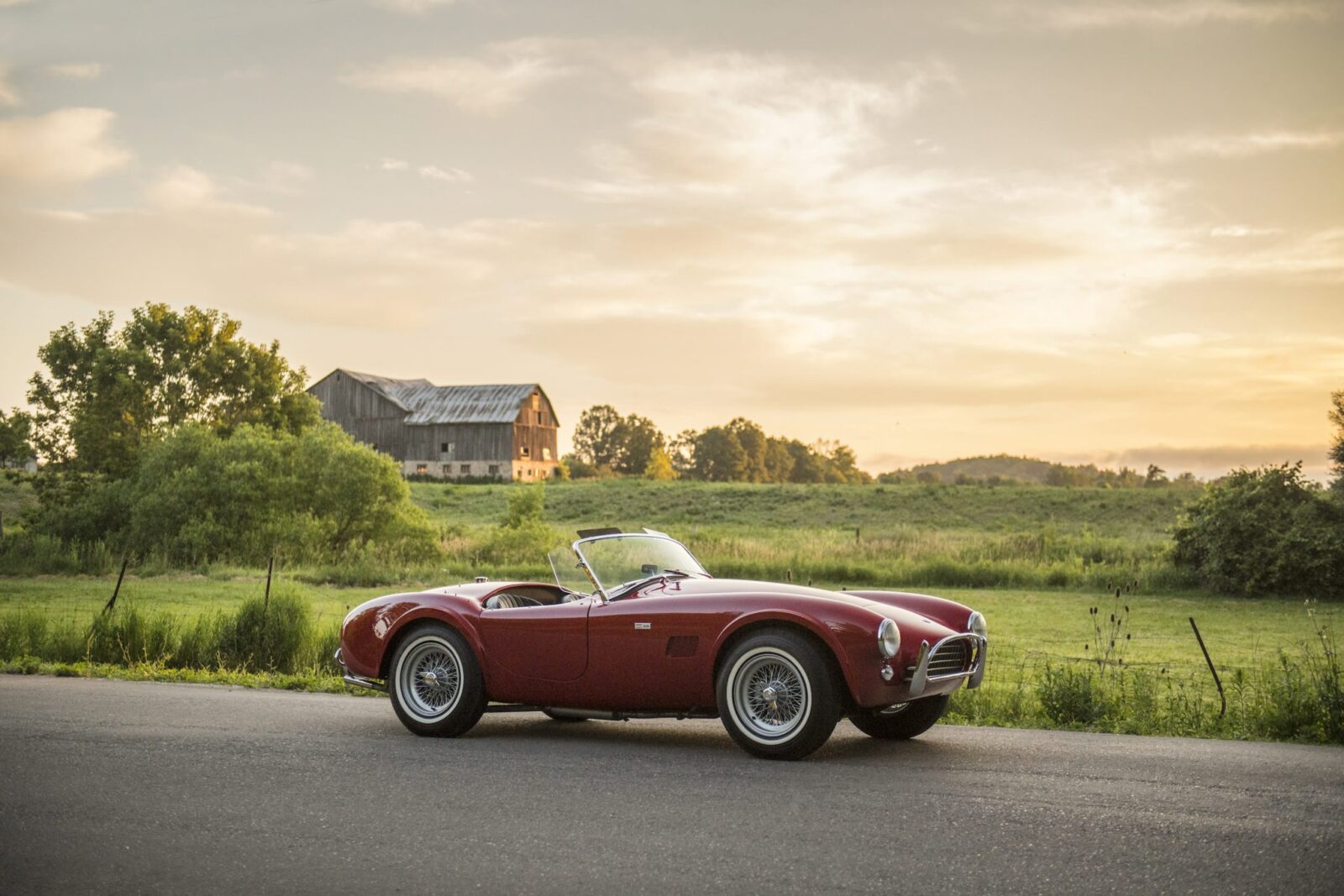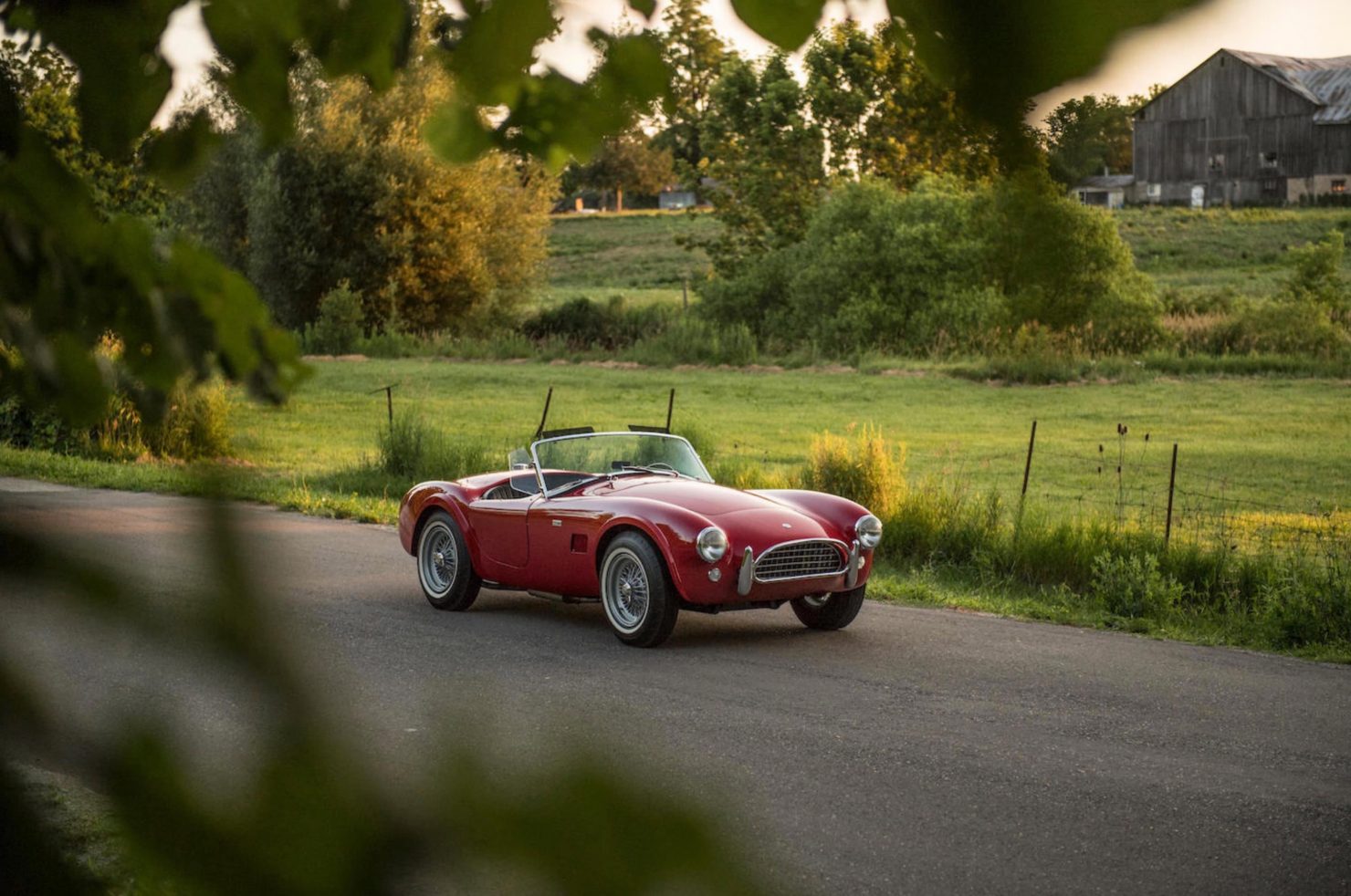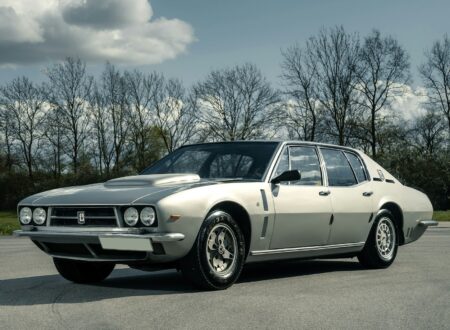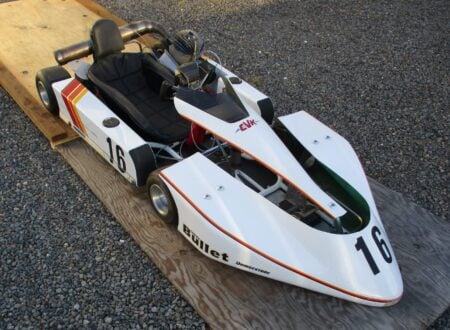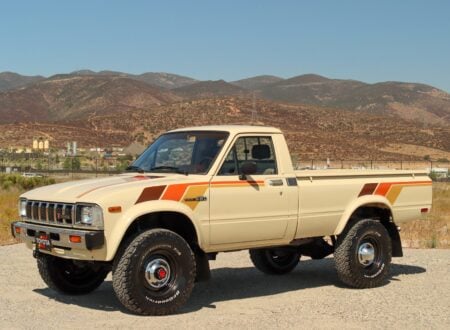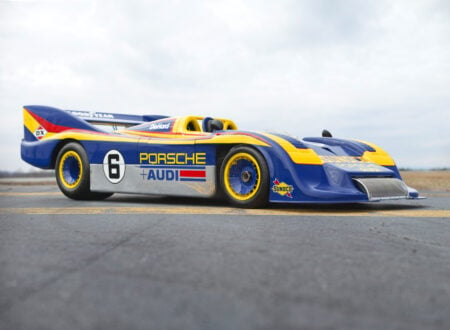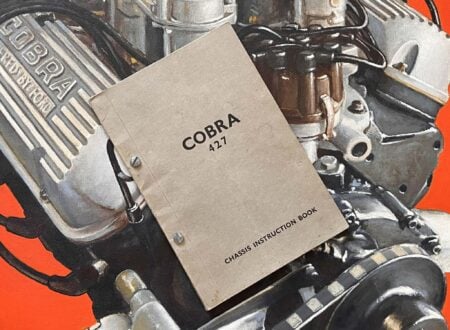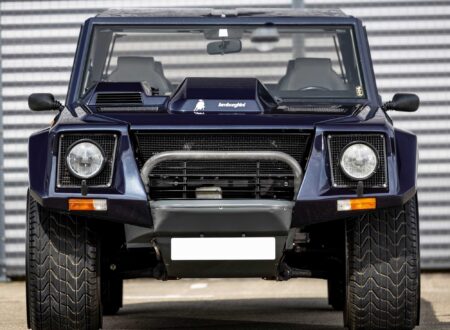With 306 bhp and a kerb weight just a smidge over 1000 kilograms, the 1964 Shelby Cobra with its 289 cubic inch Ford V8 had performance figures that set the world alight in the mid-1960s. The impact the Cobra had on the automotive world was so significant that it’s now (surely) the most copied and replicated motor car in history, and surviving original cars have seen value increases that make them a better investment than any hedge fund you’ll find on Wall St.
A BRIEF HISTORY OF CARROLL SHELBY’S AC COBRA
Before Carroll Shelby began building cars he was an accomplished racing driver, who had won at Le Mans, competed in Formula One, and set 16 speed records at the Bonneville salt flats driving a specially prepared Austin-Healey 100S.
His achievements as a driver are all the more impressive due to the fact that he suffered from a serious heart condition, often needing to take nitroglycerine pills before a race. On doctor’s orders he retired from active racing in 1959 shortly after winning the 1959 24 Hours of Le Mans driving an Aston Martin DBR1 with Roy Salvadori.
It was at this race that he first got a close look at the AC Ace, a small British two-seat roadster with a 2 liter engine and a lightweight alloy body. The Ace had finished first in its class at Le Mans (7th overall) and Shelby realized that it could be significantly quicker with a large American V8 under the hood – a lesson he’d learned driving the Allard J2 in 1952 with its 331 cubic inch Cadillac V8.
Once back in the USA, Shelby set about finding an engine supplier and wrote to AC Cars to see if they were interested in the project. As it happens, they had already increased the size of the engine bay to accommodate the newer 2.6 liter Ford Zephyr engine, so the only major work required to shoehorn in a V8 was to move the steering box to clear the much wider new engine.
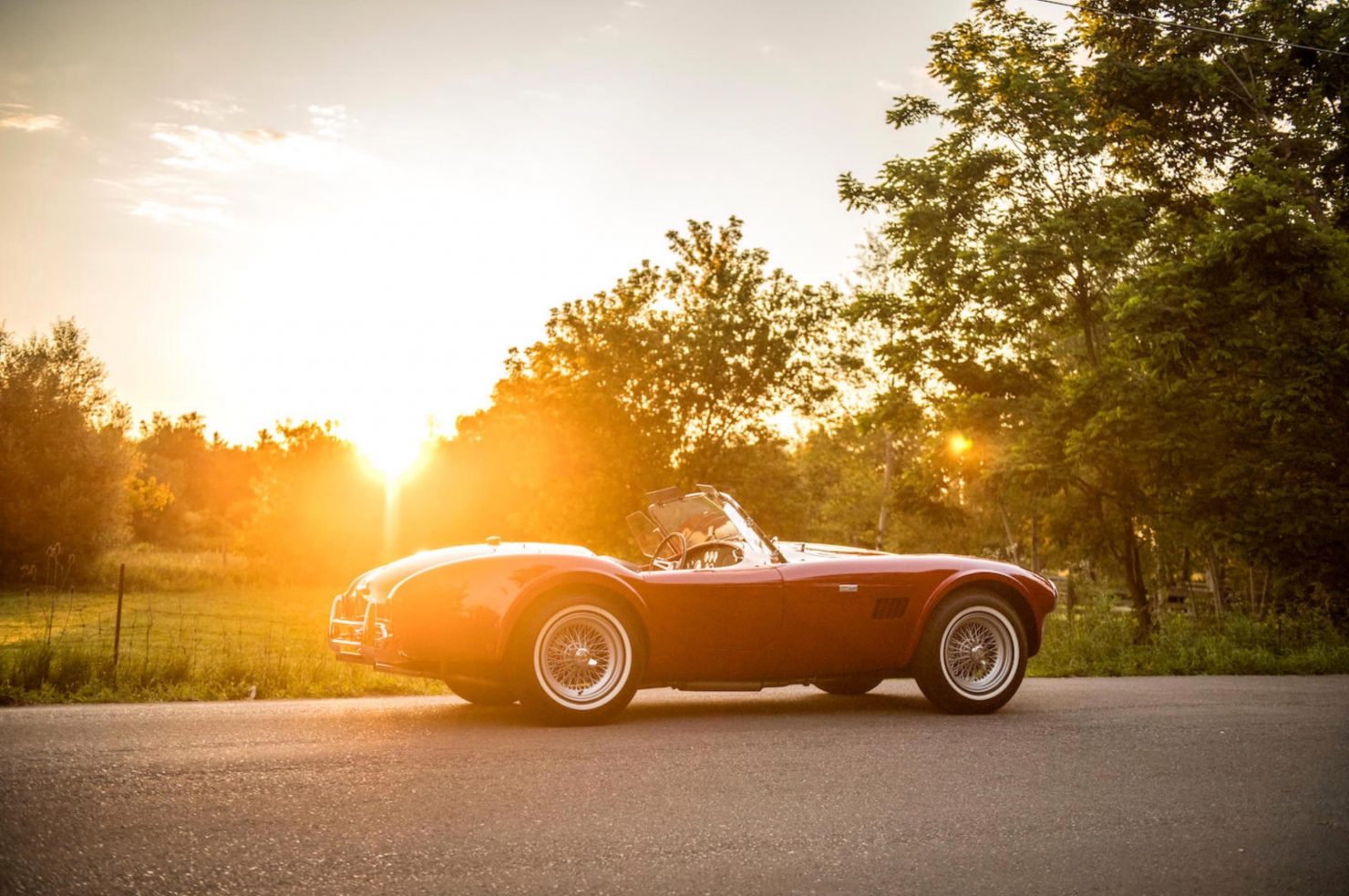
AC Cars jumped at the new opportunity, likely seeing it as a way to further promote the brand in the USA, and Carroll Shelby set about finding a suitable V8 for the project. He initially approached Chevrolet but they didn’t want any further competition for the Corvette, so Shelby went to Ford who were more than happy to help provide some competition for the Chevy sports car.
The project started out with the new 3.6 liter Windsor V8, however this engine would change to the 4.3 liter V8 by the time production began. The first 60 production cars were built by AC in England before being shipped to the Shelby workshop in California to have their engines and transmissions fitted.
Shelby COBRA MKI
The first 75 of the first generation Cobra was built with the 260 cubic inch Ford V8, and the final 51 were fitted with the same 289 cubic inch engine that would later be used in the Mustang. The MkI production run ran from 1962 till 1963, with a total of 126 cars made.
These engines were bolted to the Borg-Warner T-10 transmission, and power was sent back to a Salisbury 4HU differential (also used on the Jaguar XKE). The MkI would also be the lightest production AC Cobra, with a kerb weight of just 2019 lbs.
Shelby COBRA MKII
The Cobra MkII featured rack and pinion steering and a slightly modified front end, the steering rack was sourced from the MGB and interestingly, the steering column came from the VW Beetle.
All 528 MkII Cobras were fitted with the Ford 289 cubic inch V8, the kerb weight increased slightly to 2315 lbs, and they were built from 1963 till 1965.
Shelby COBRA MKIII
The MkIII would be the final iteration of the Cobra, it would also be the quickest and most powerful. The plan was to install the new Ford 427 cubic inch engine into the car, but before this could happen the space frame needed to be redesigned using 4 inch steel tube in place of the original 3 inch tubing. Wider fenders were fitted, as was upgraded suspension and brakes all round.
In racing trim, this new 7 liter Cobra was capable of 185 miles per hour, largely thanks to its 2355 lb kerb weight and 485 hp engine. Record keeping wasn’t perfect so actual production numbers aren’t clear, however some of the final MkIII Cobras were fitted with less expensive 428 cubic inch V8s better suited to road use, though not as powerful as their 427 counterpart.
By 1967 orders for the AC Cobra had slowed and it was decided to end production. Although many thought this would be the end of the line for the V8-powered AC roadster the car has lived on with remarkable tenacity. Dozens of companies have developed kit cars based on the design, and there have been a few official continuations produced by both AC Cars and by Shelby American. In fact, it’s possible to buy a new car now from both AC or Shelby.
The 1964 Shelby Cobra Shown Here
When it comes to Cobras people generally fall into two camps – those who like the original 260 and 289 engined vehicles, and those who like the utterly monstrous 427 cubic inch versions that came later. There are benefits to each of course, the earlier cars had classic British roadster styling and if it was not for the V8 burble they could almost be considered sleepers. The latter cars with their almighty 427 V8s are fiercely quick, perhaps dangerously so, and are without doubt the ultimate iteration of the breed.
The car you see here is a ’64 289-equipped example wearing its original color – bright red. This car was ordered new in red with a black interior, with wire wheels, whitewall tires, a luggage rack, wind wings, seatbelts, a radio, and an external rearview mirror.
As a restored, numbers-matching early example the car is likely to attract plenty of attention when it rolls across the auction block with Bonhams at the Quail Lodge Auction due to be held on the 18th of August. It’s estimated to be worth between $1,050,000 and $1,250,000 USD, if you’d like to read more about it or register to bid you can click here to visit the listing.
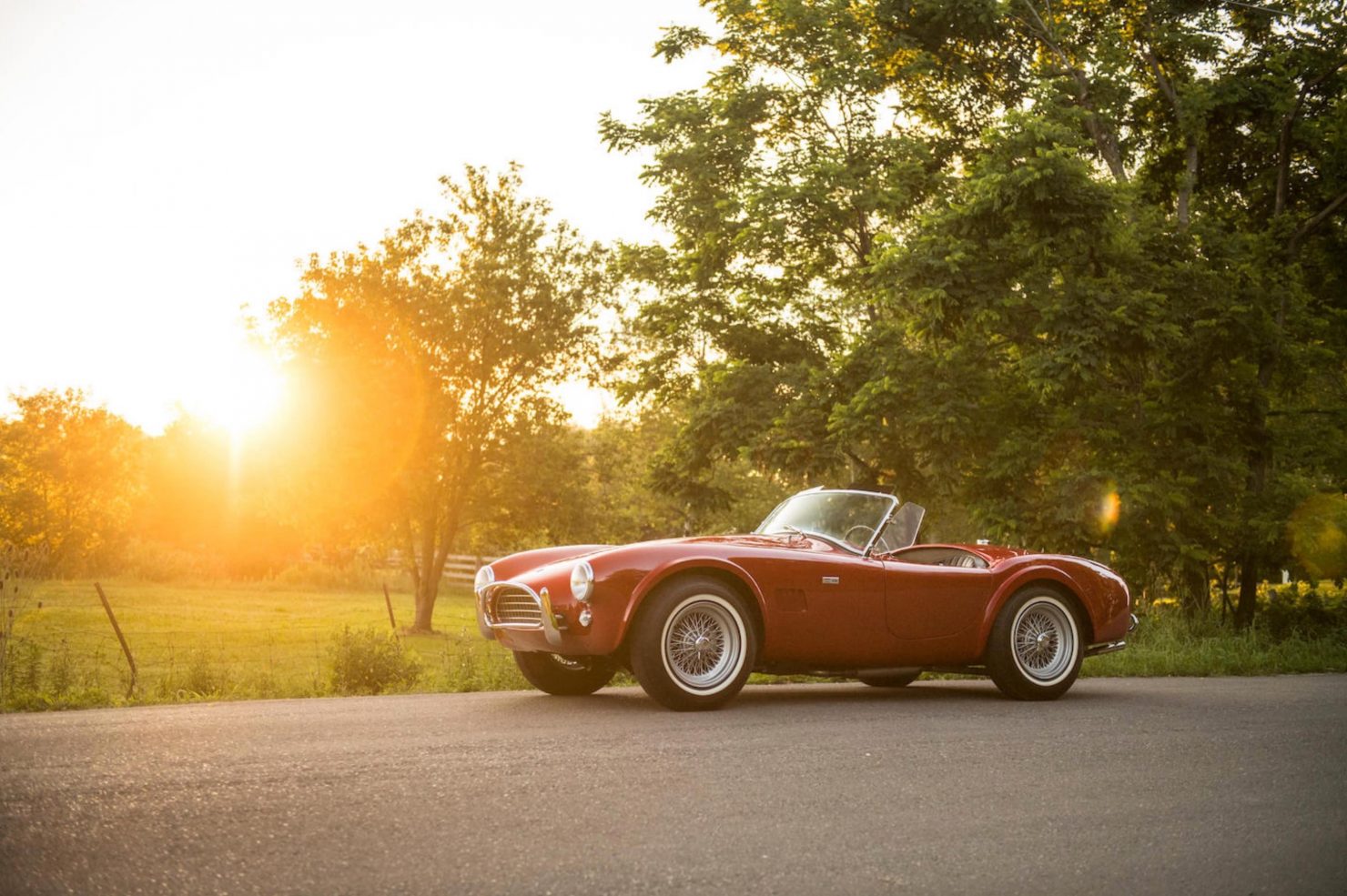
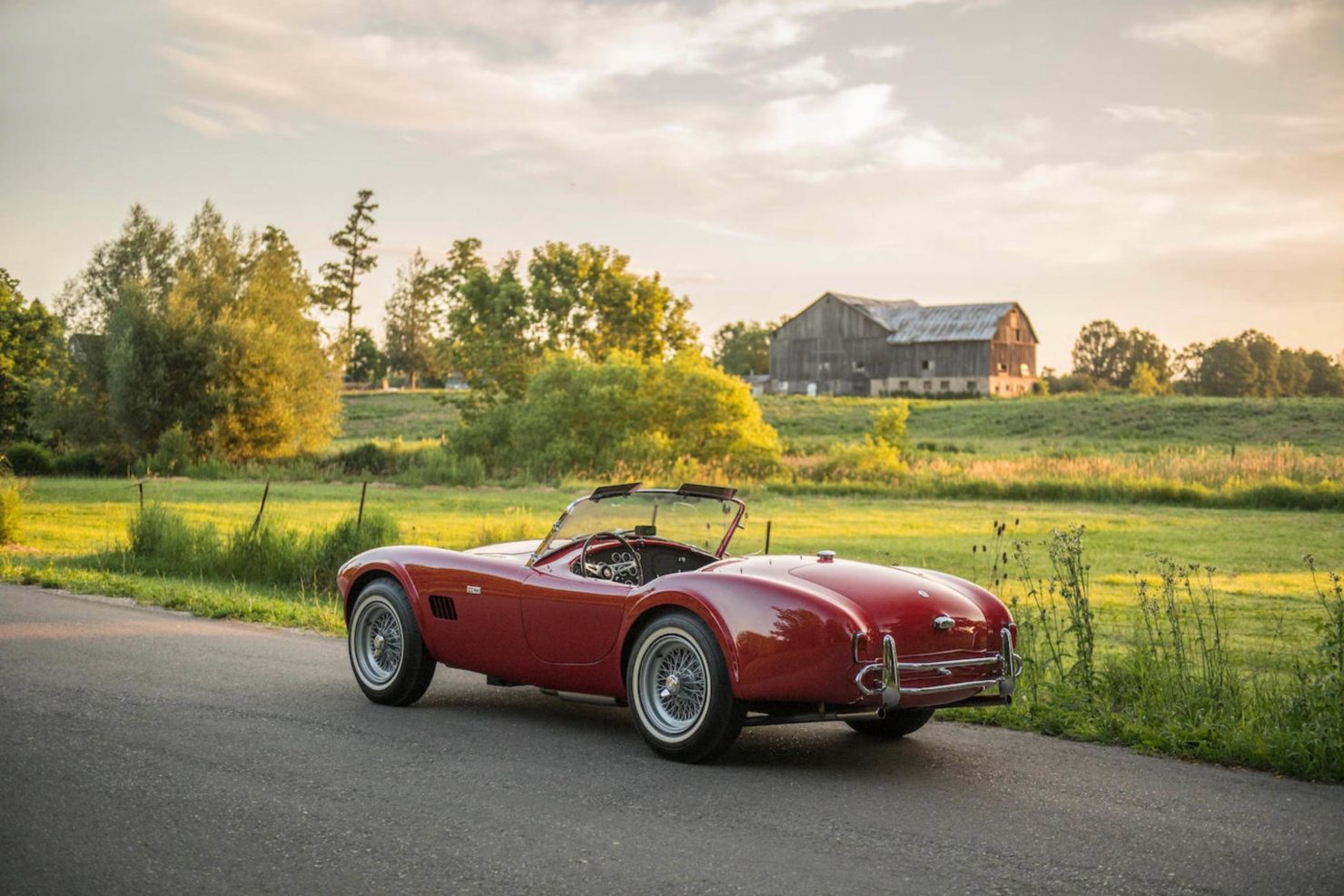
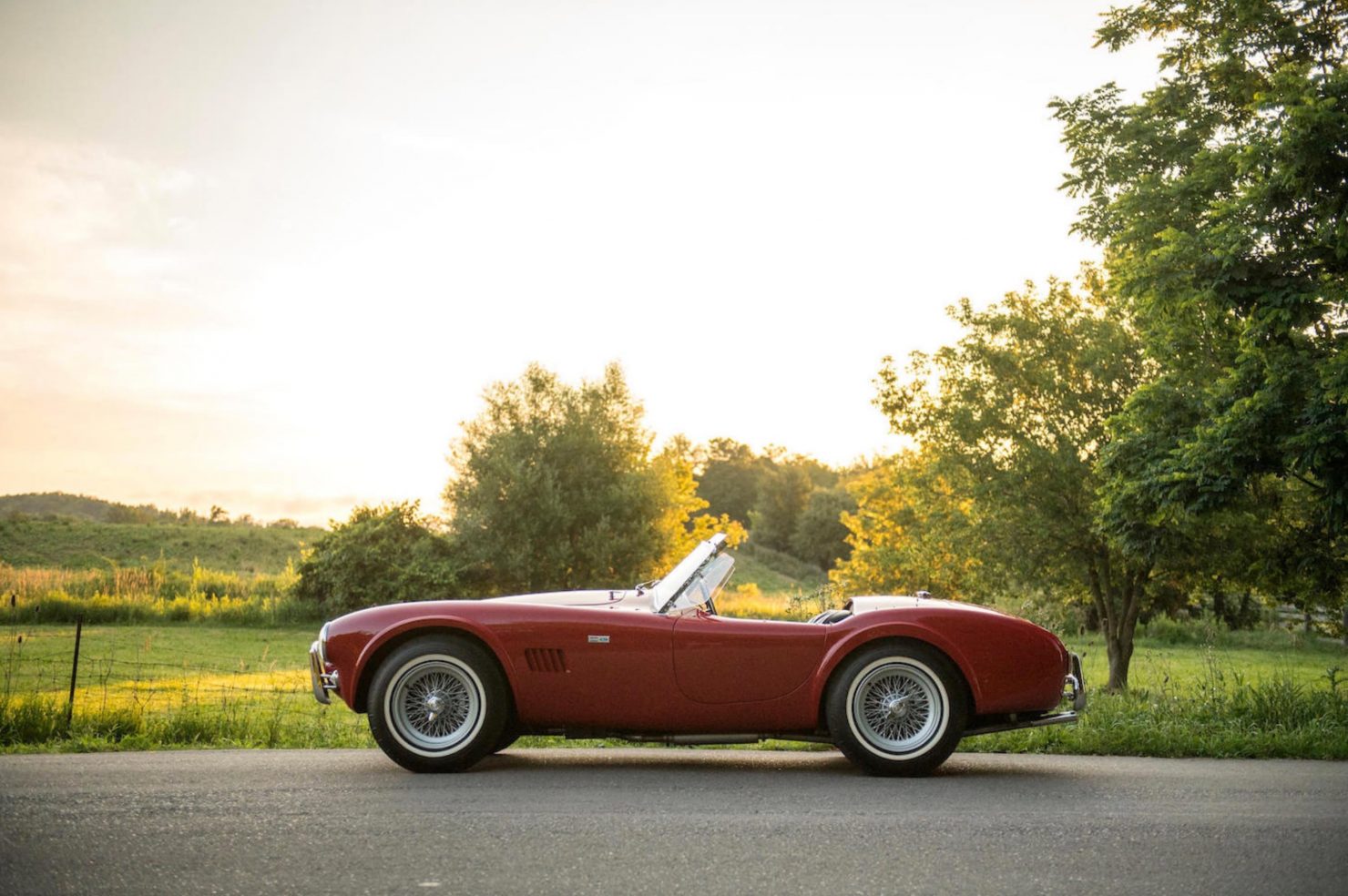
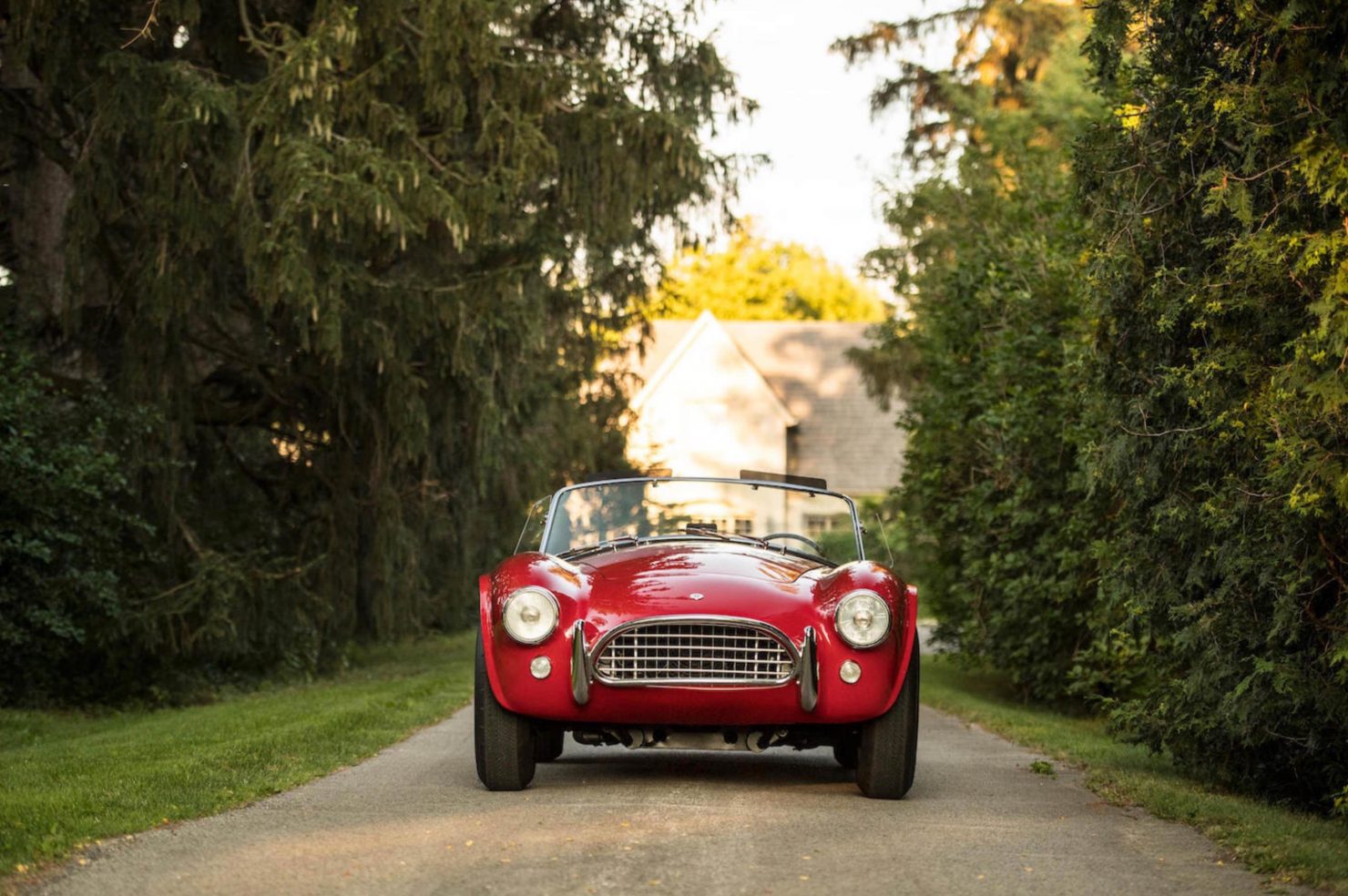
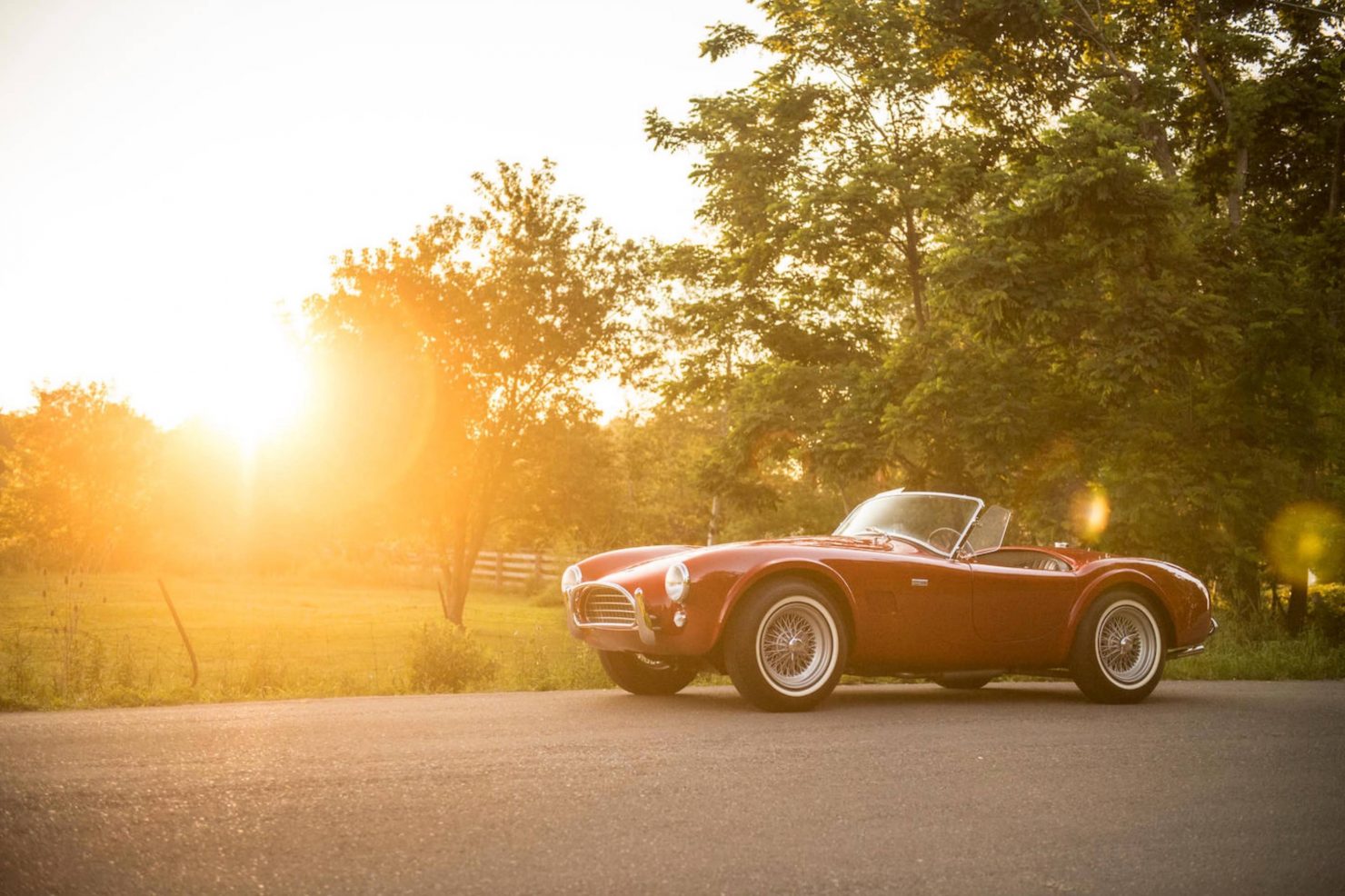
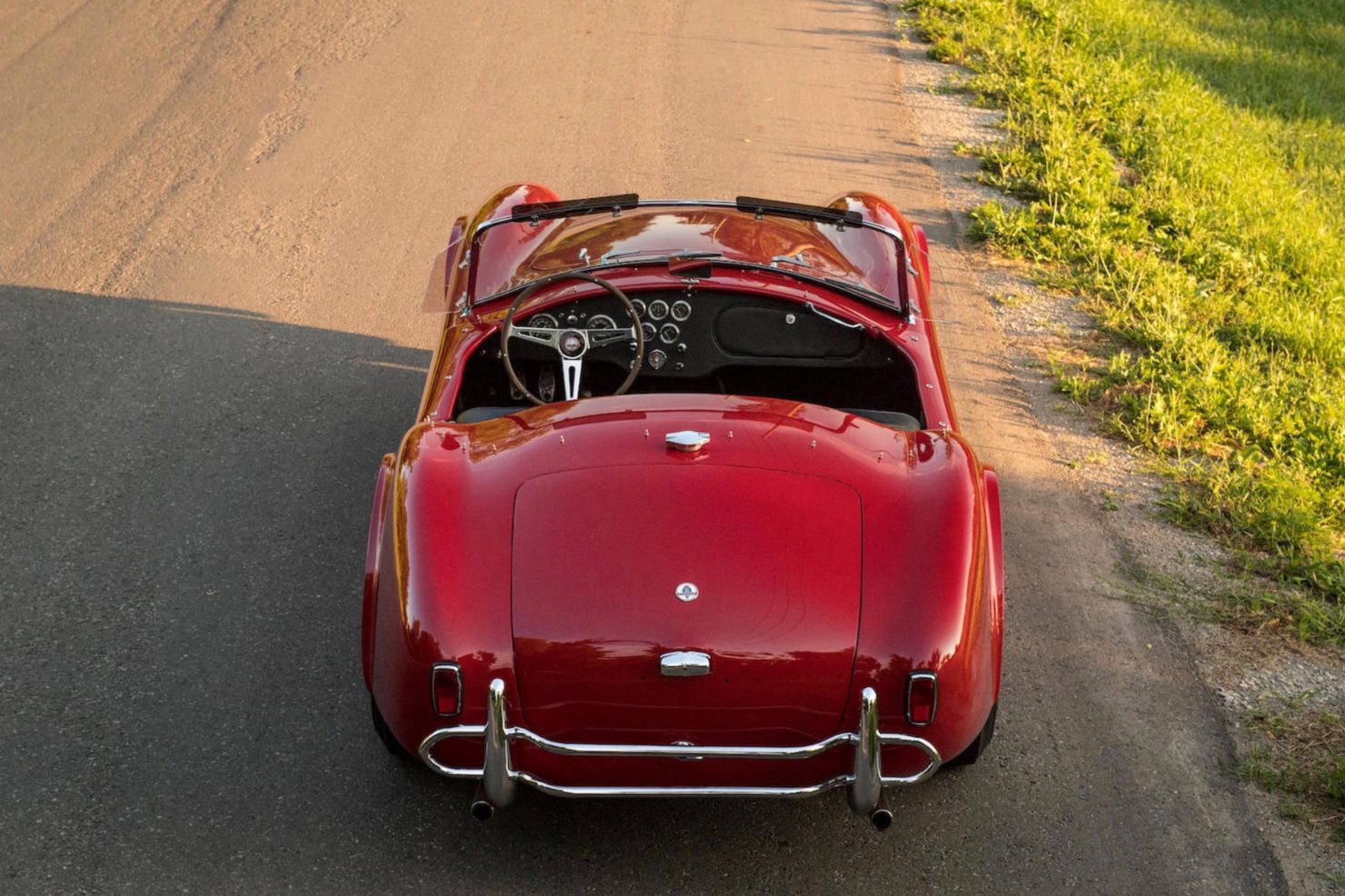
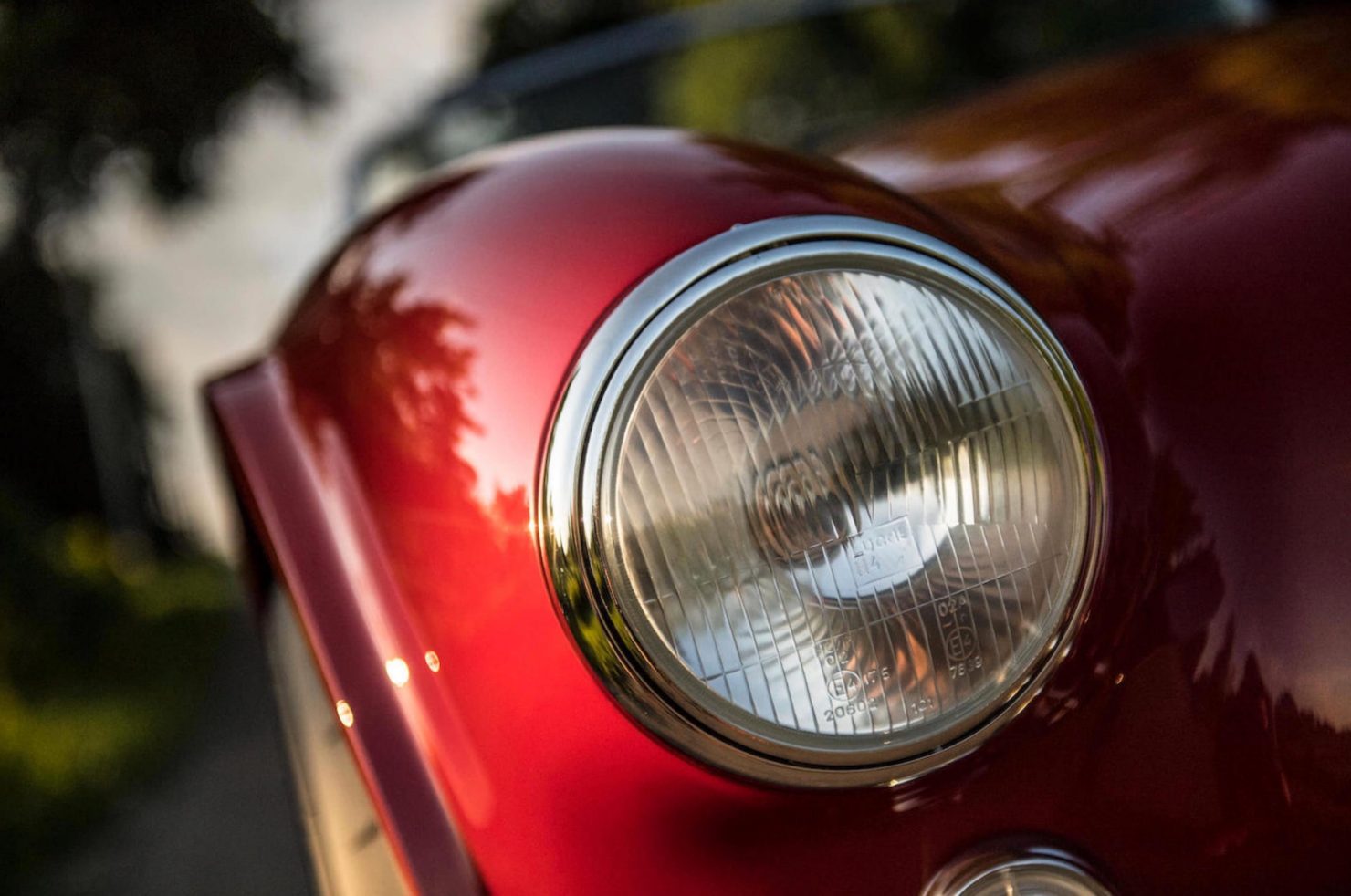
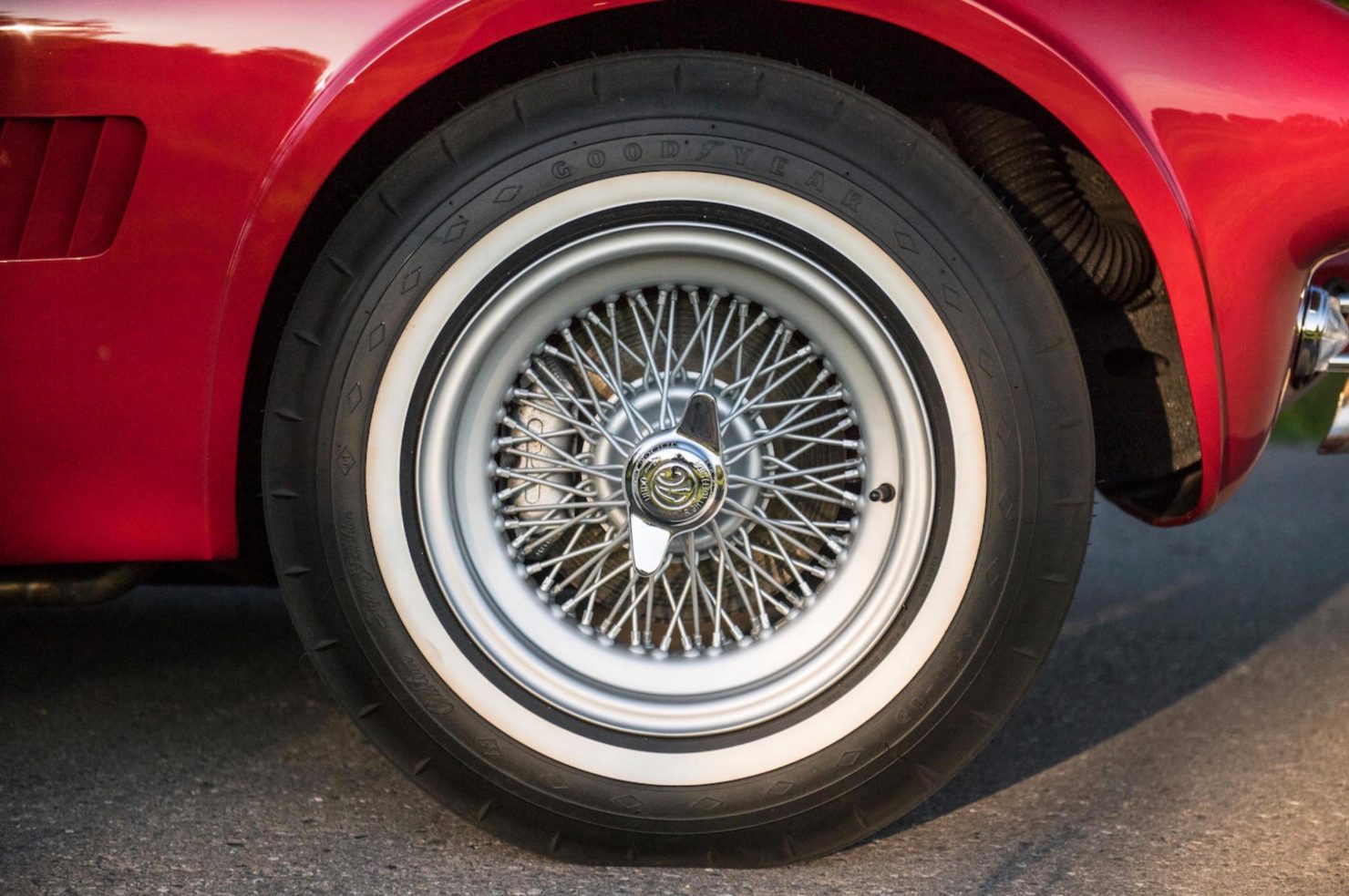
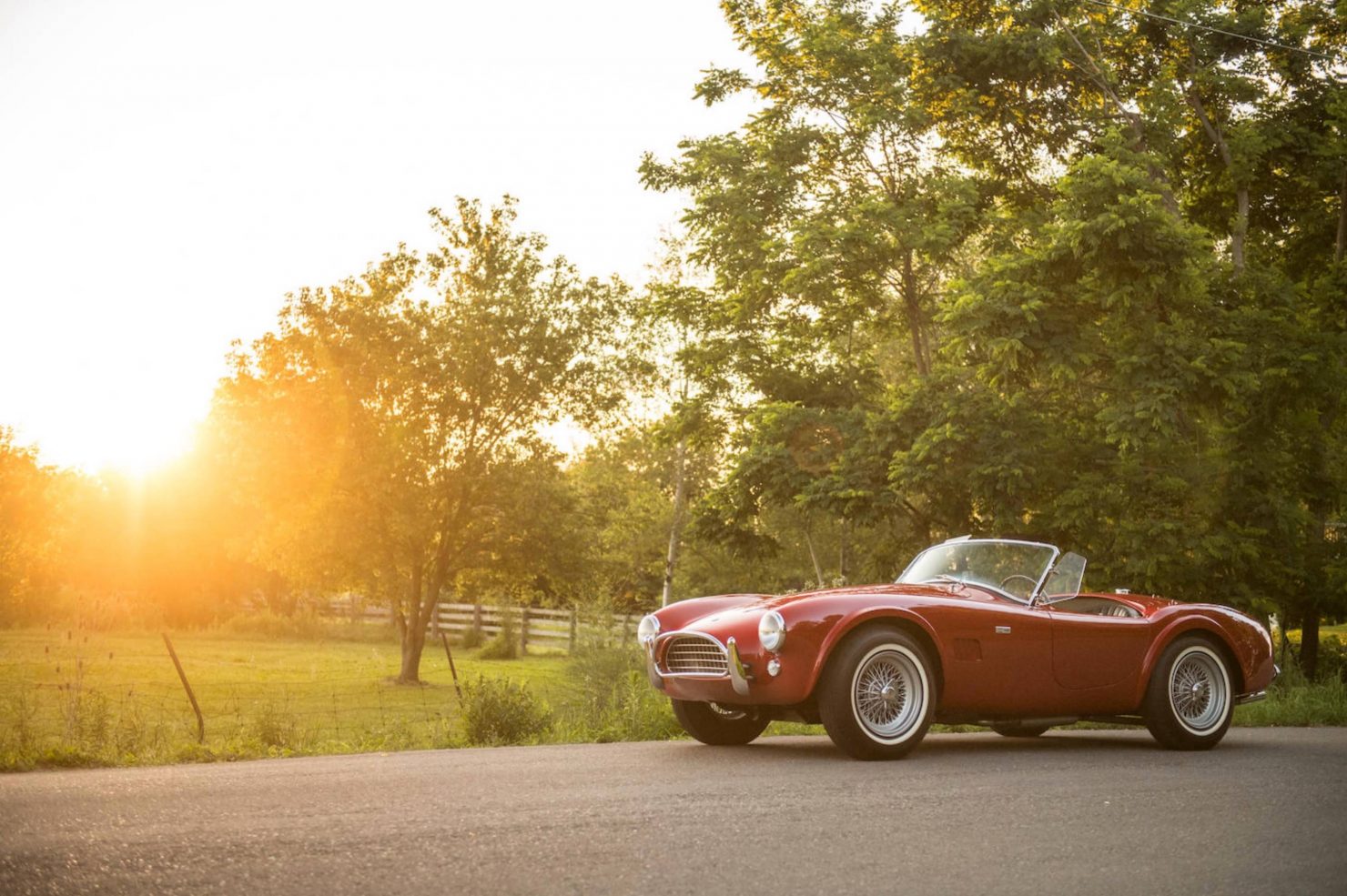
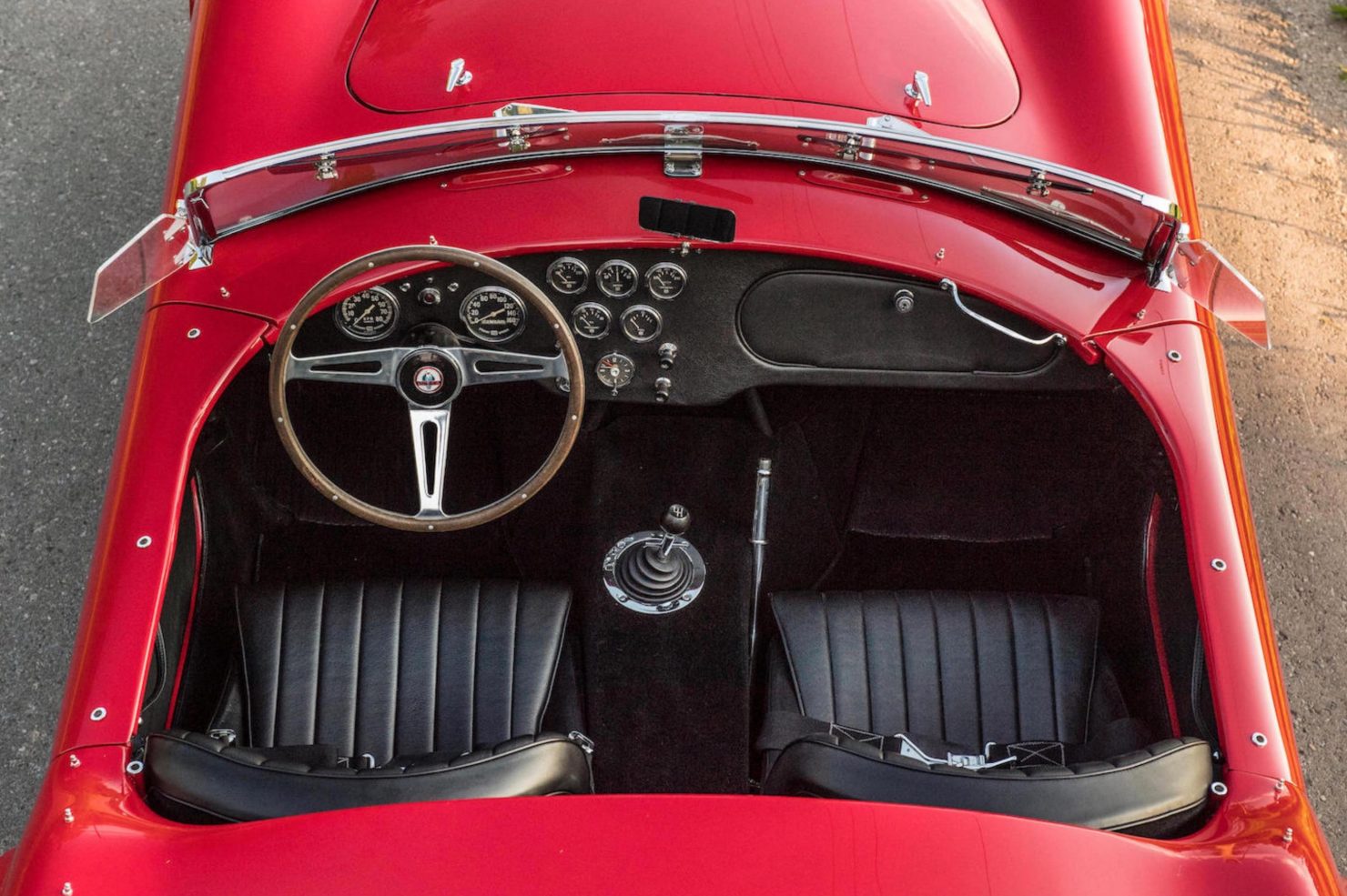
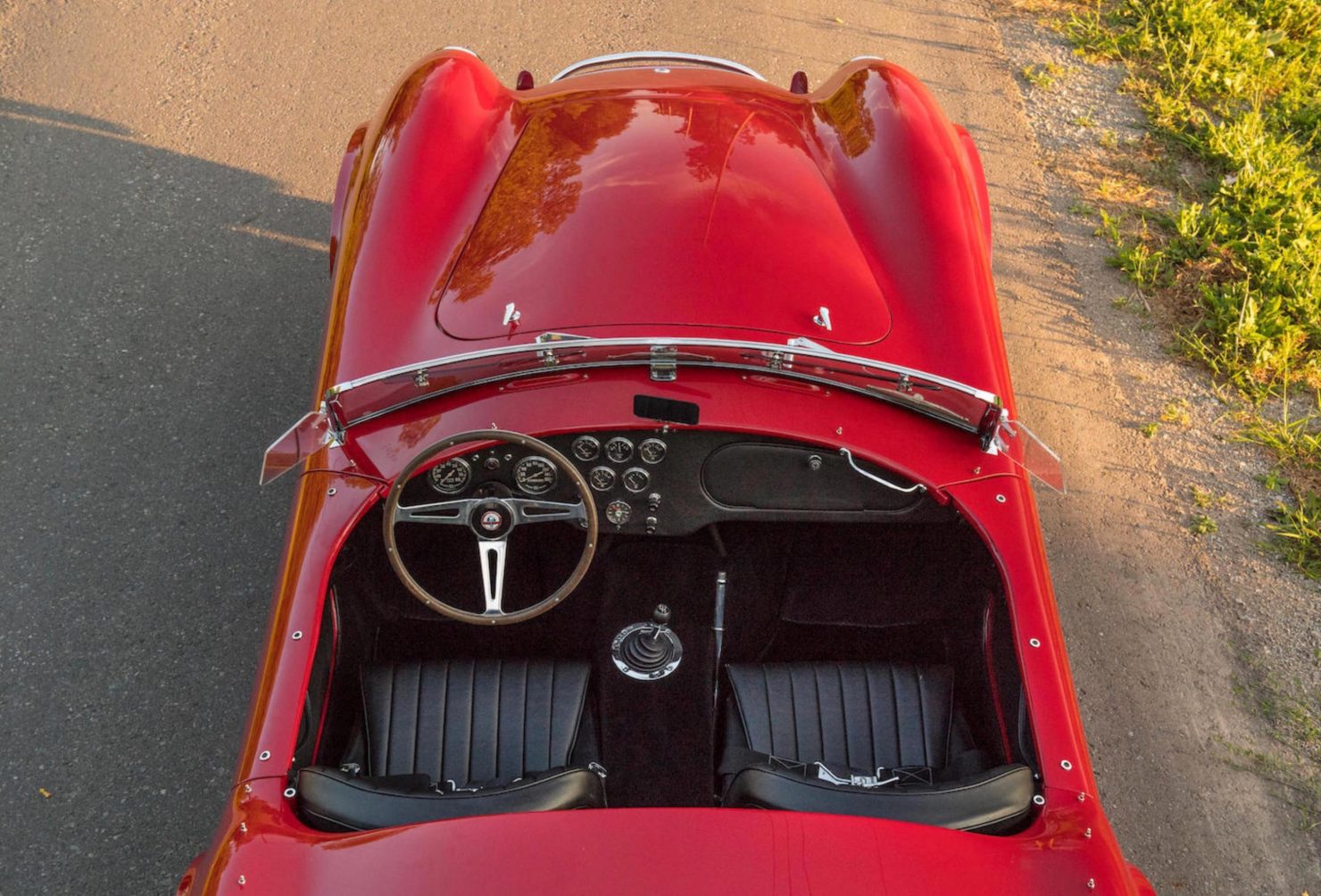
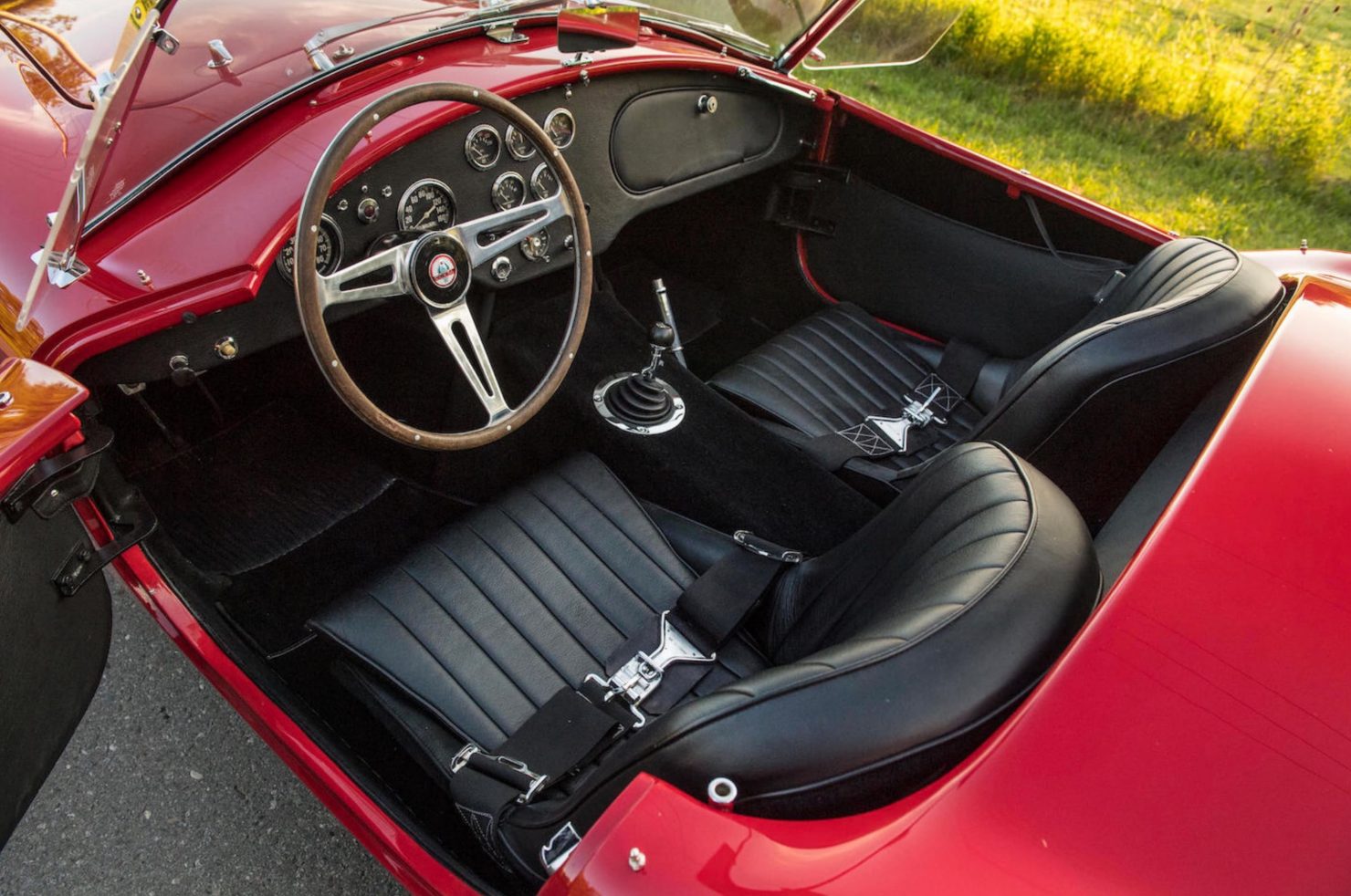
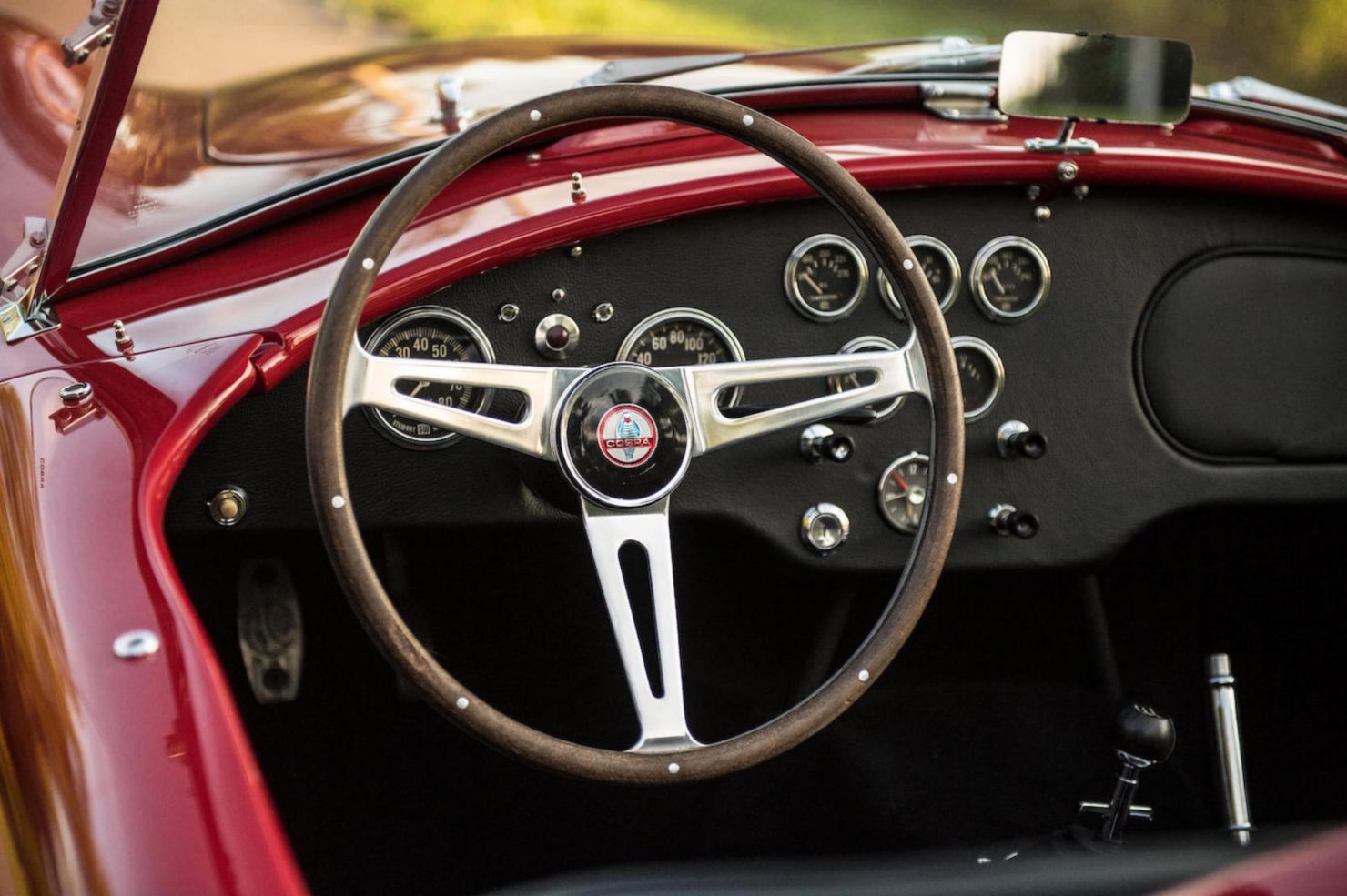
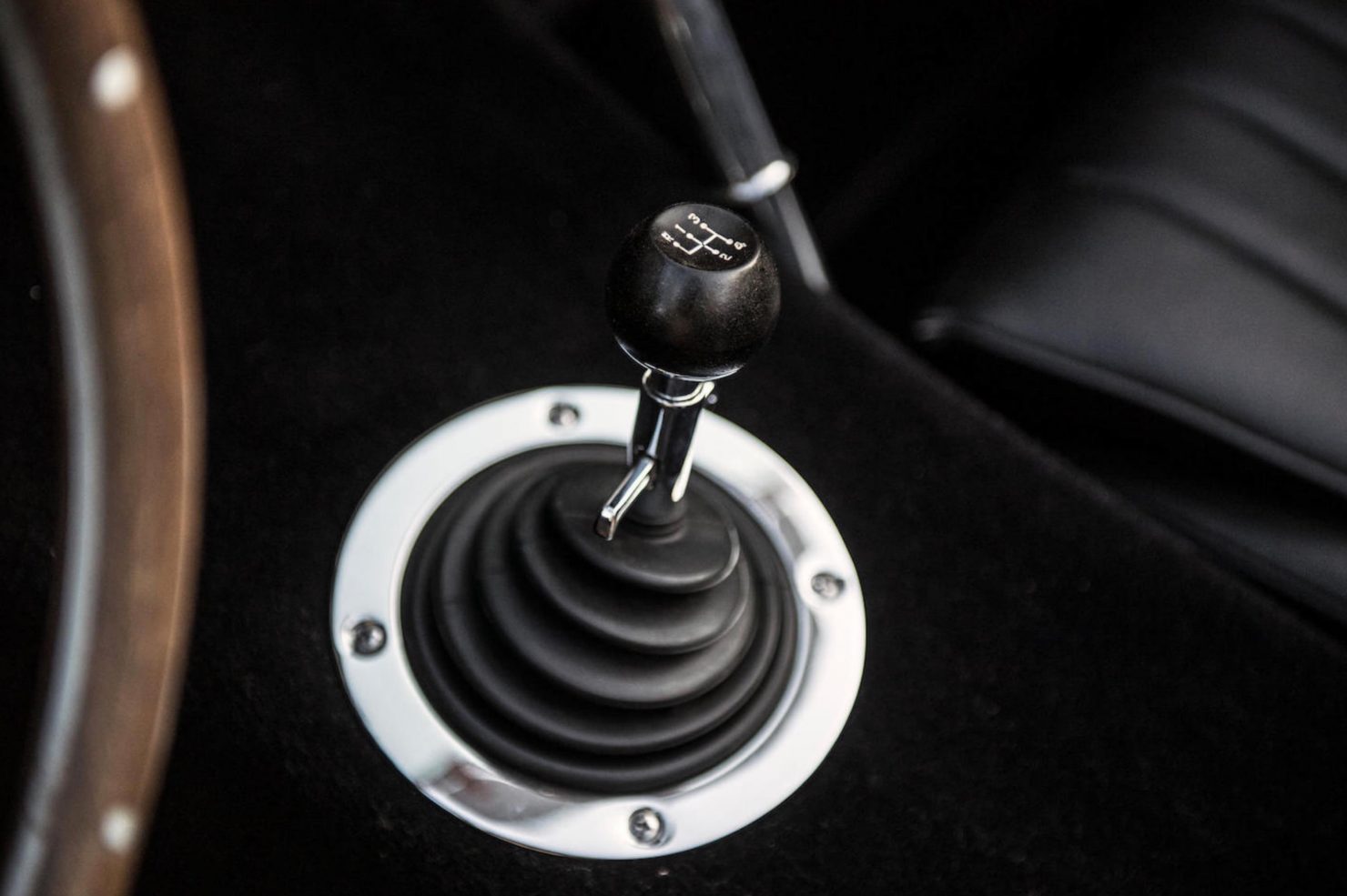

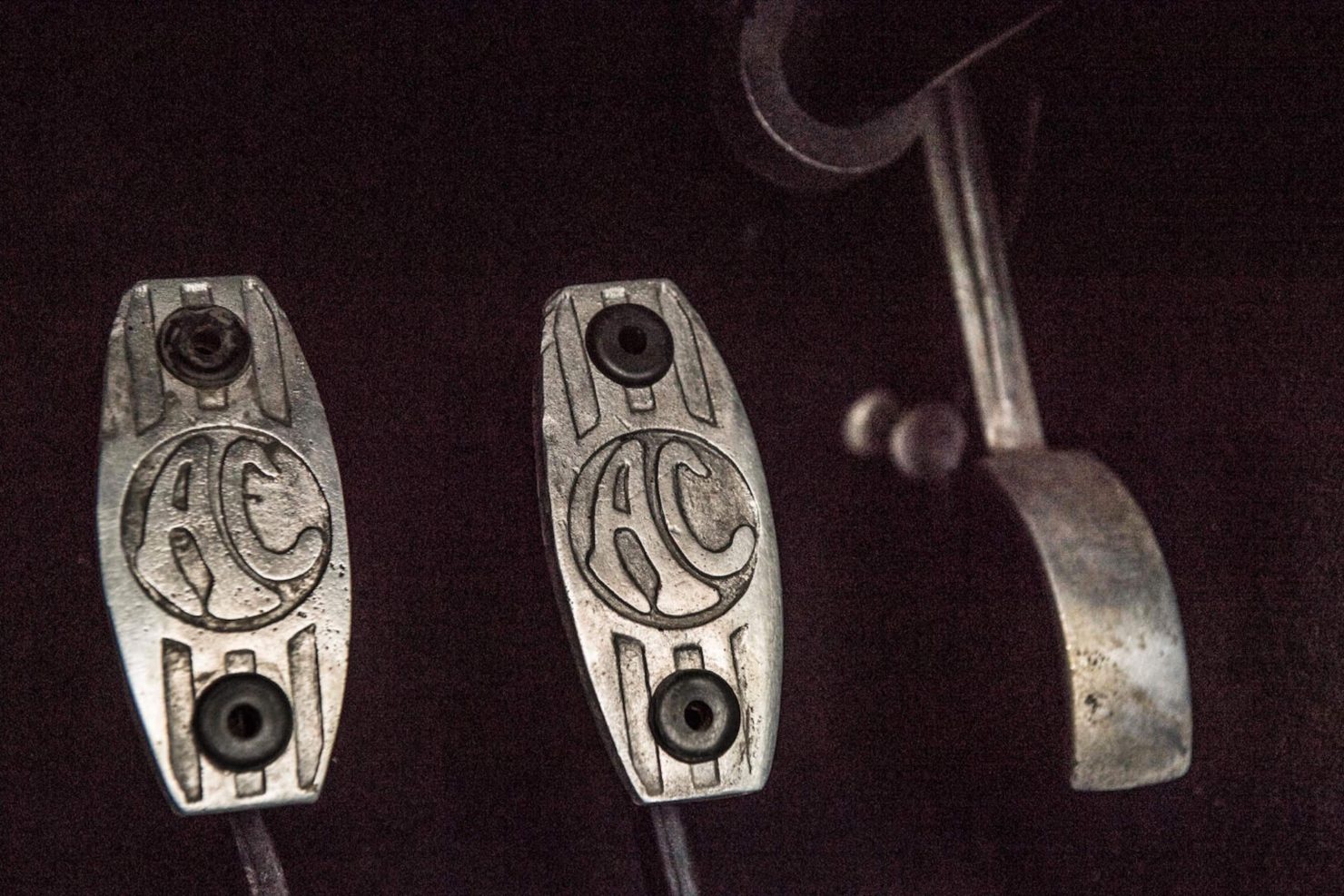
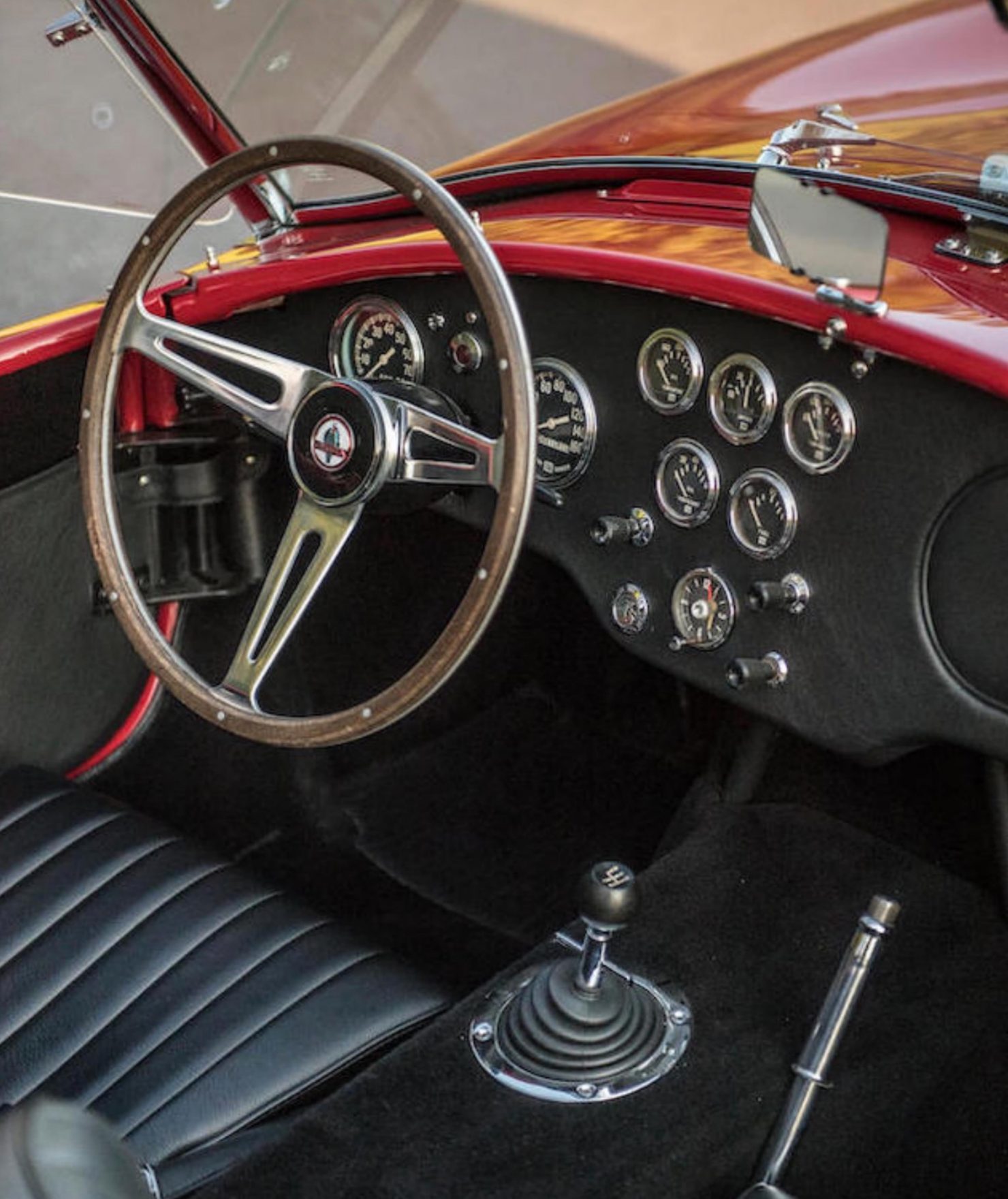
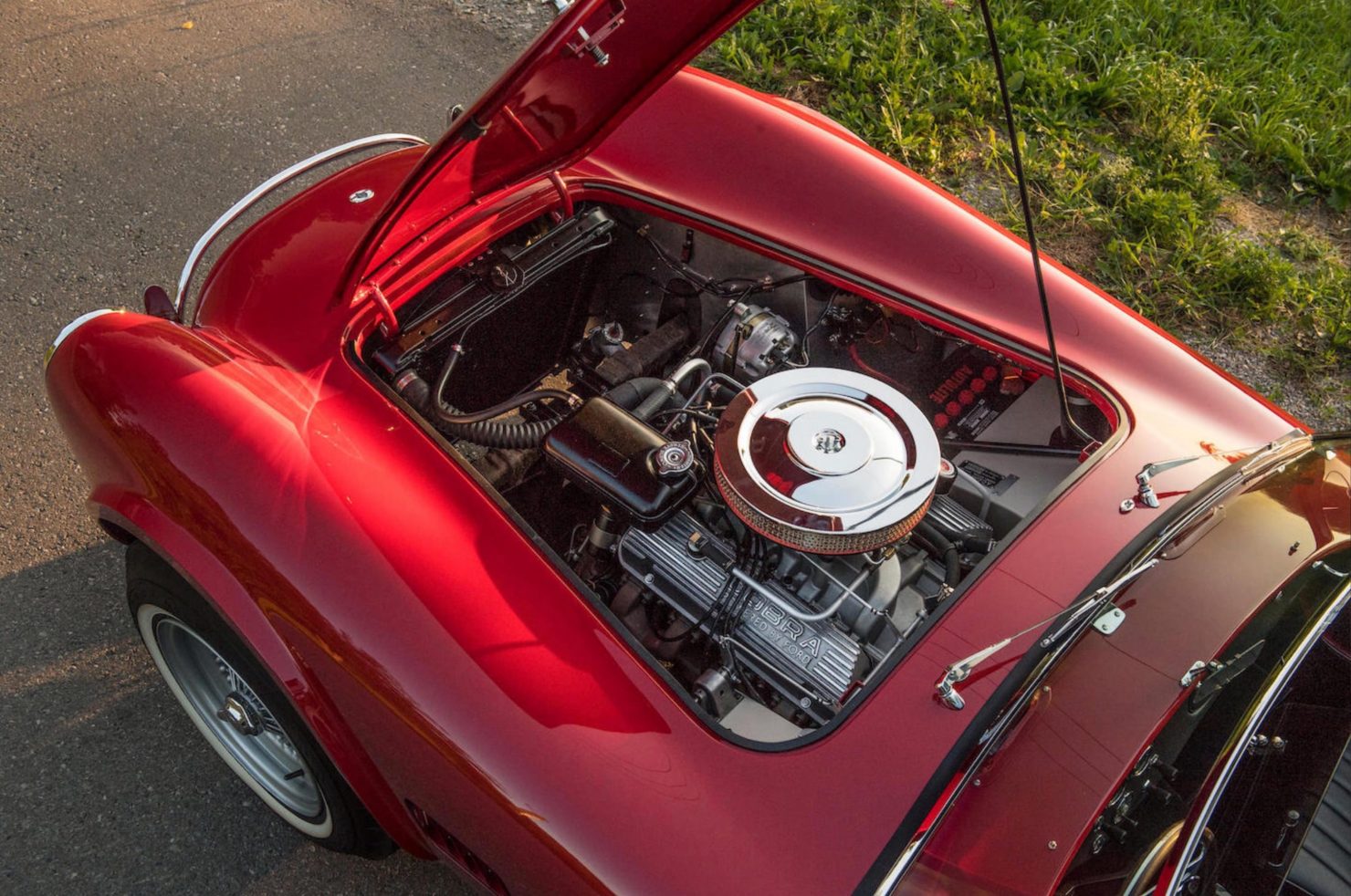
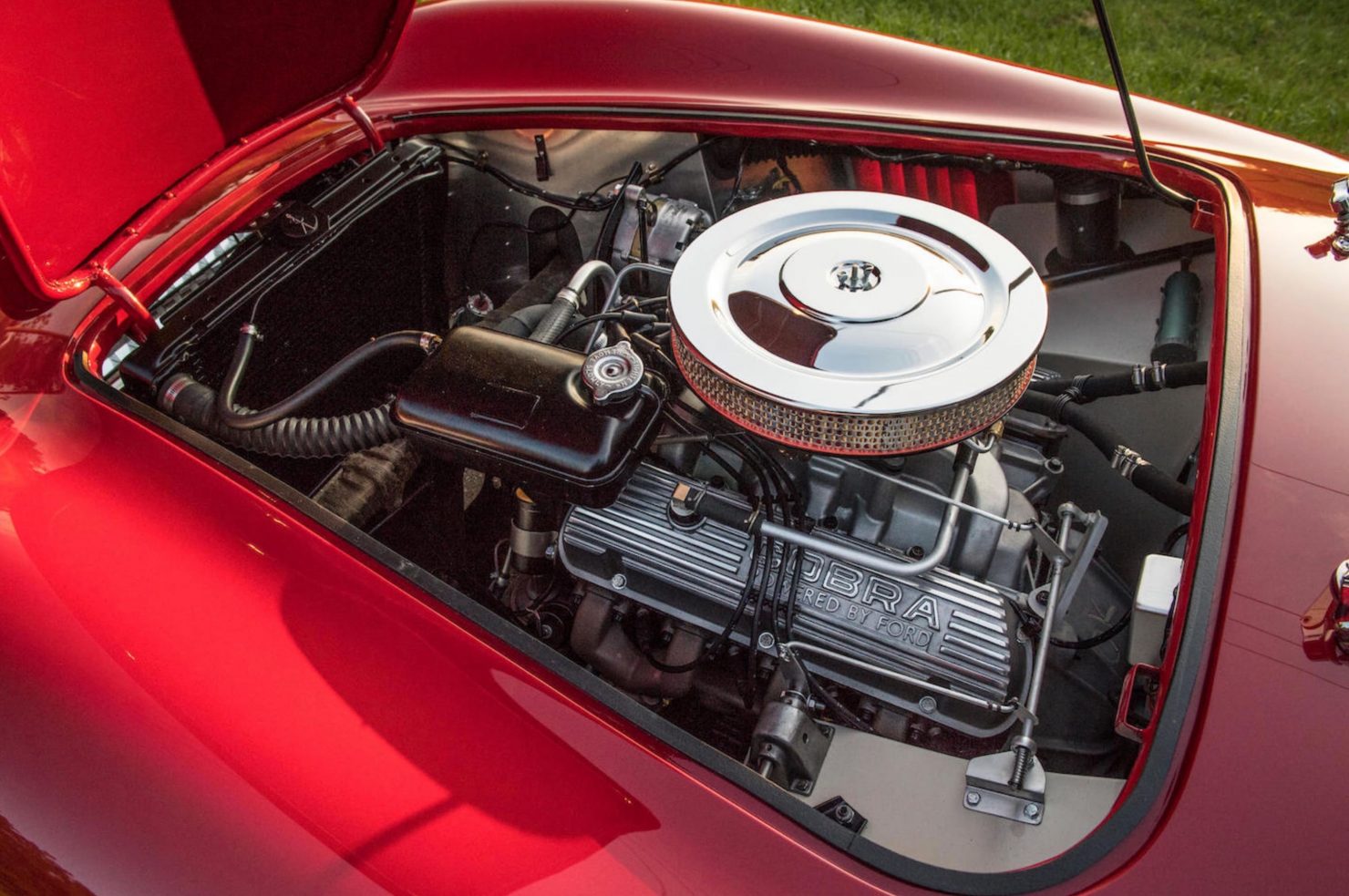
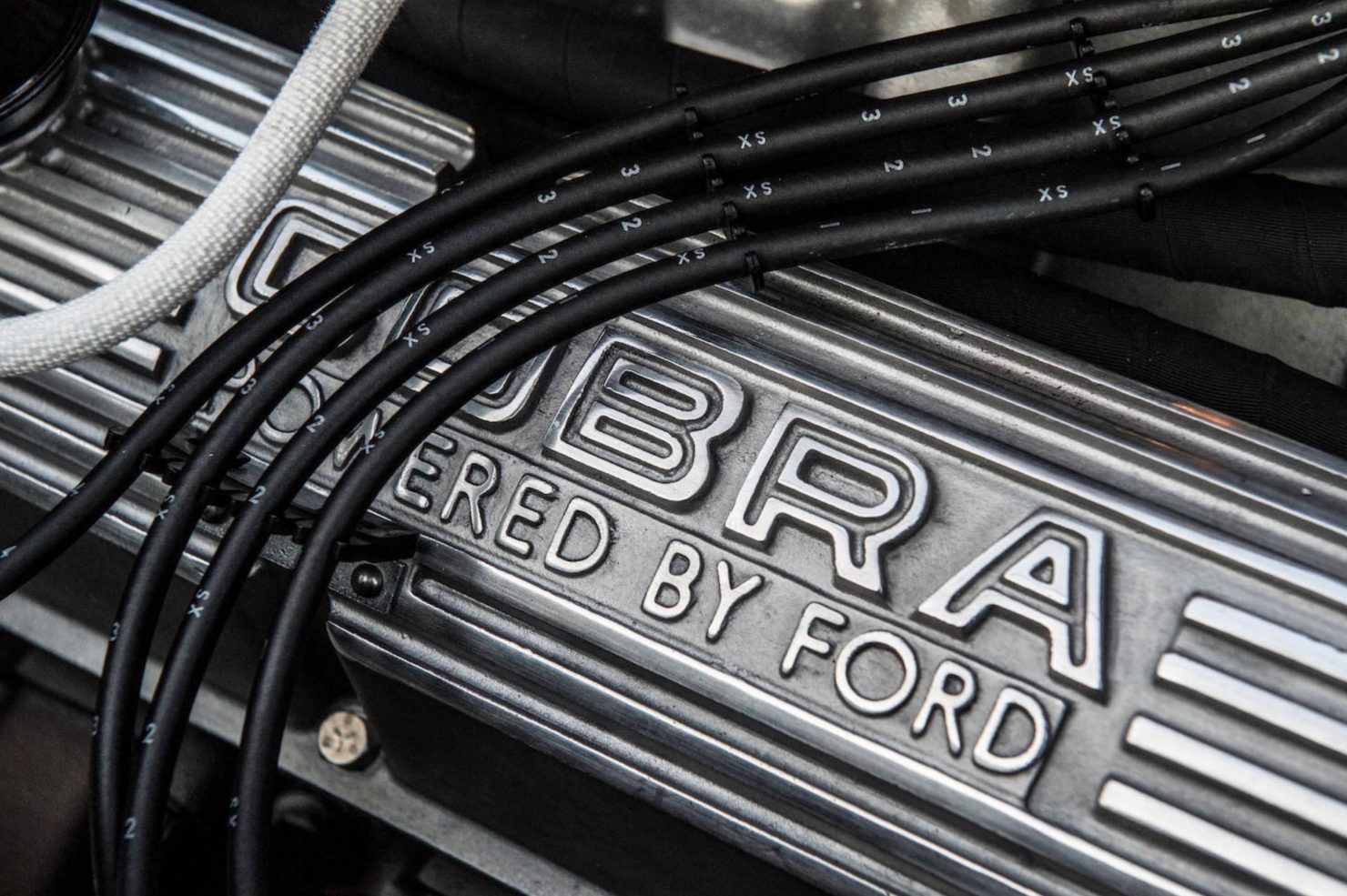
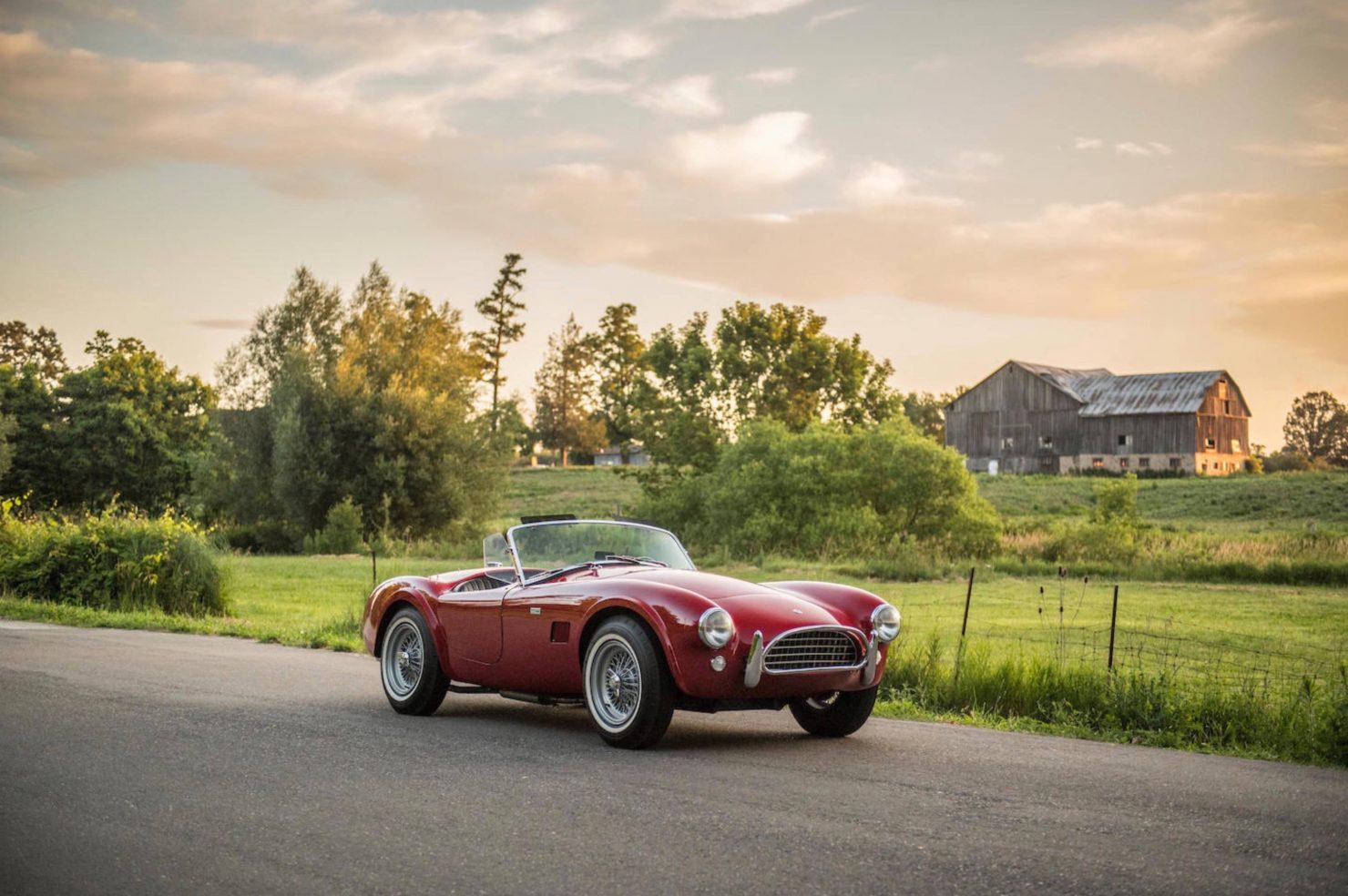
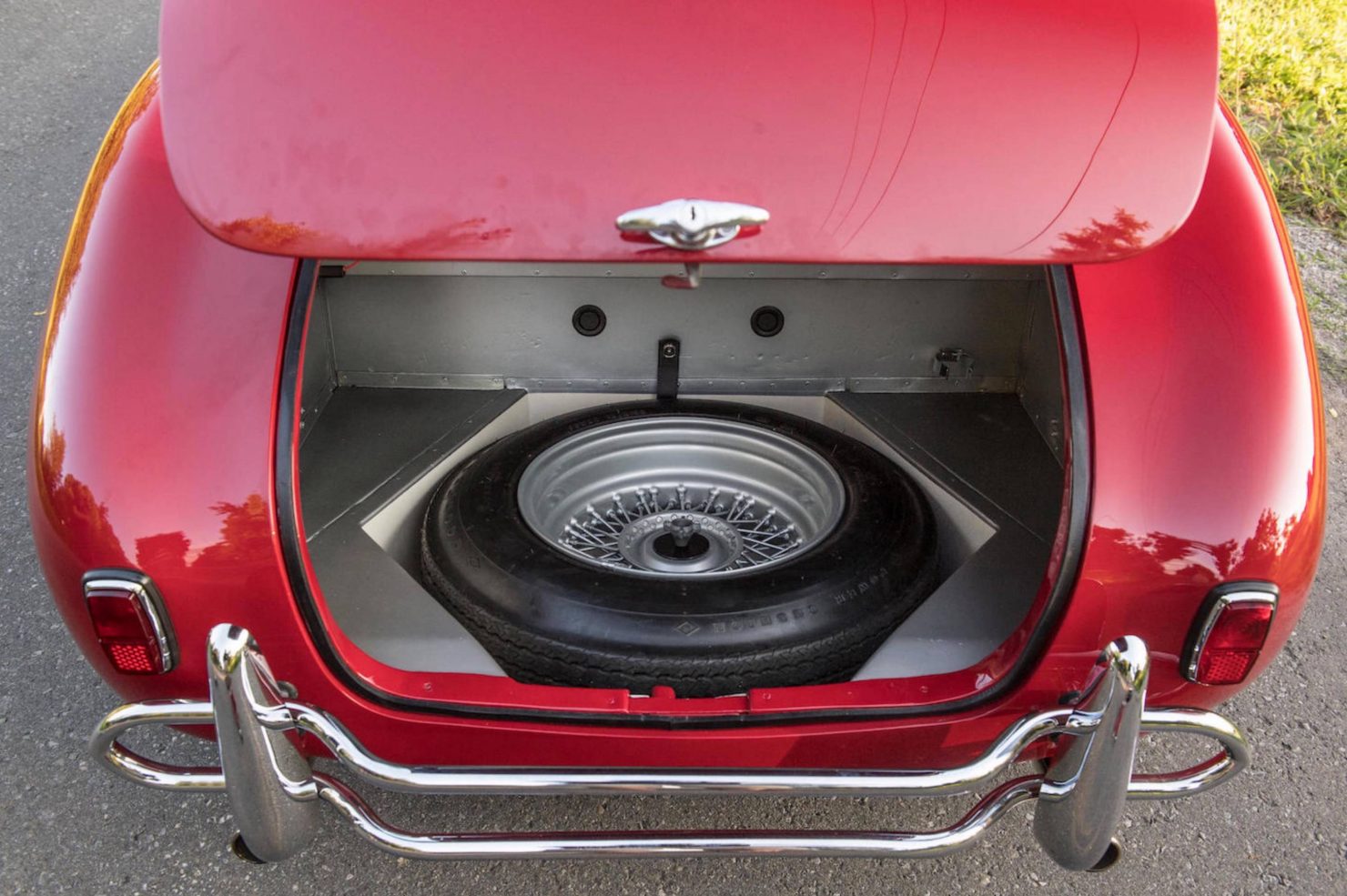
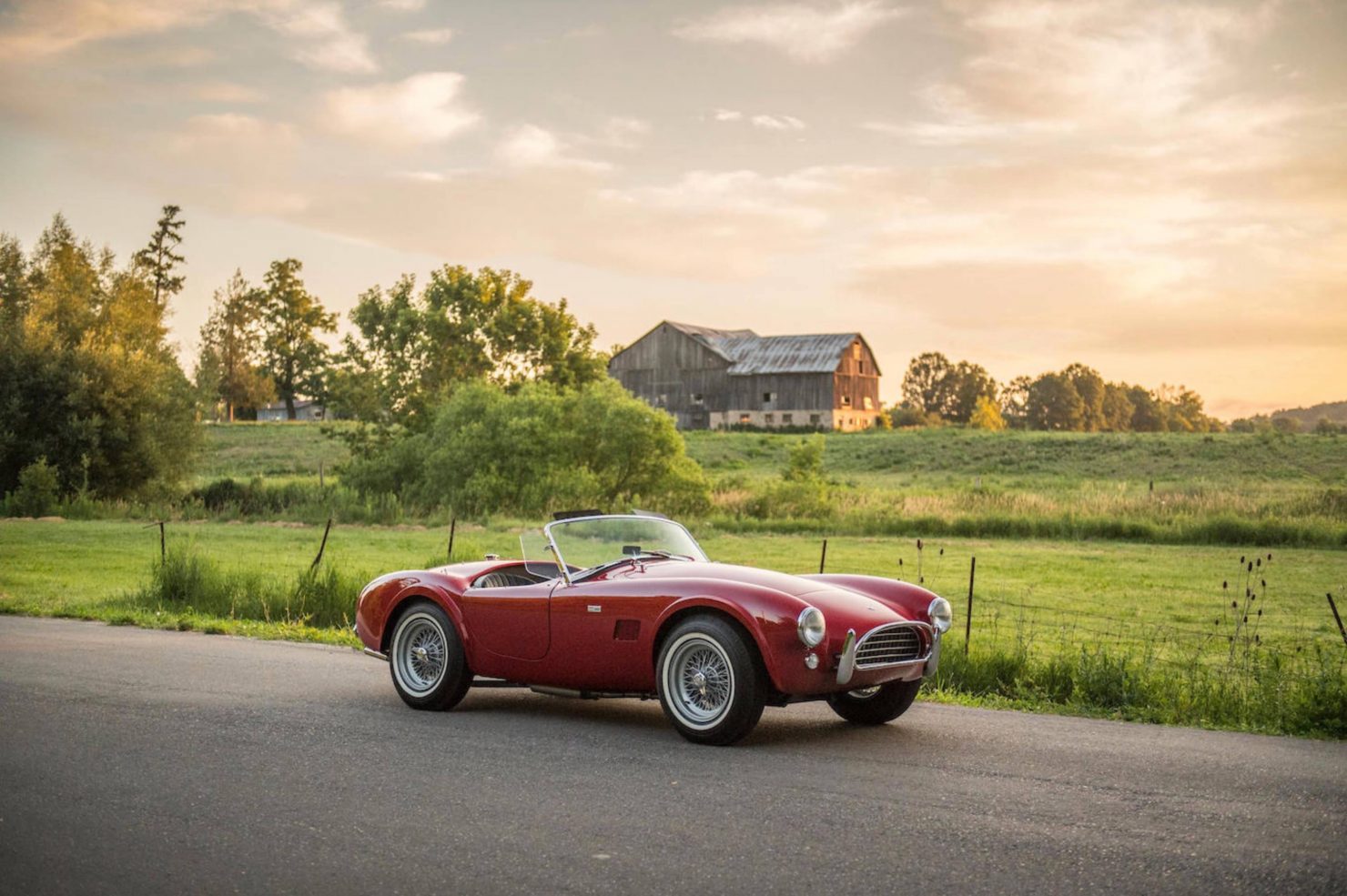
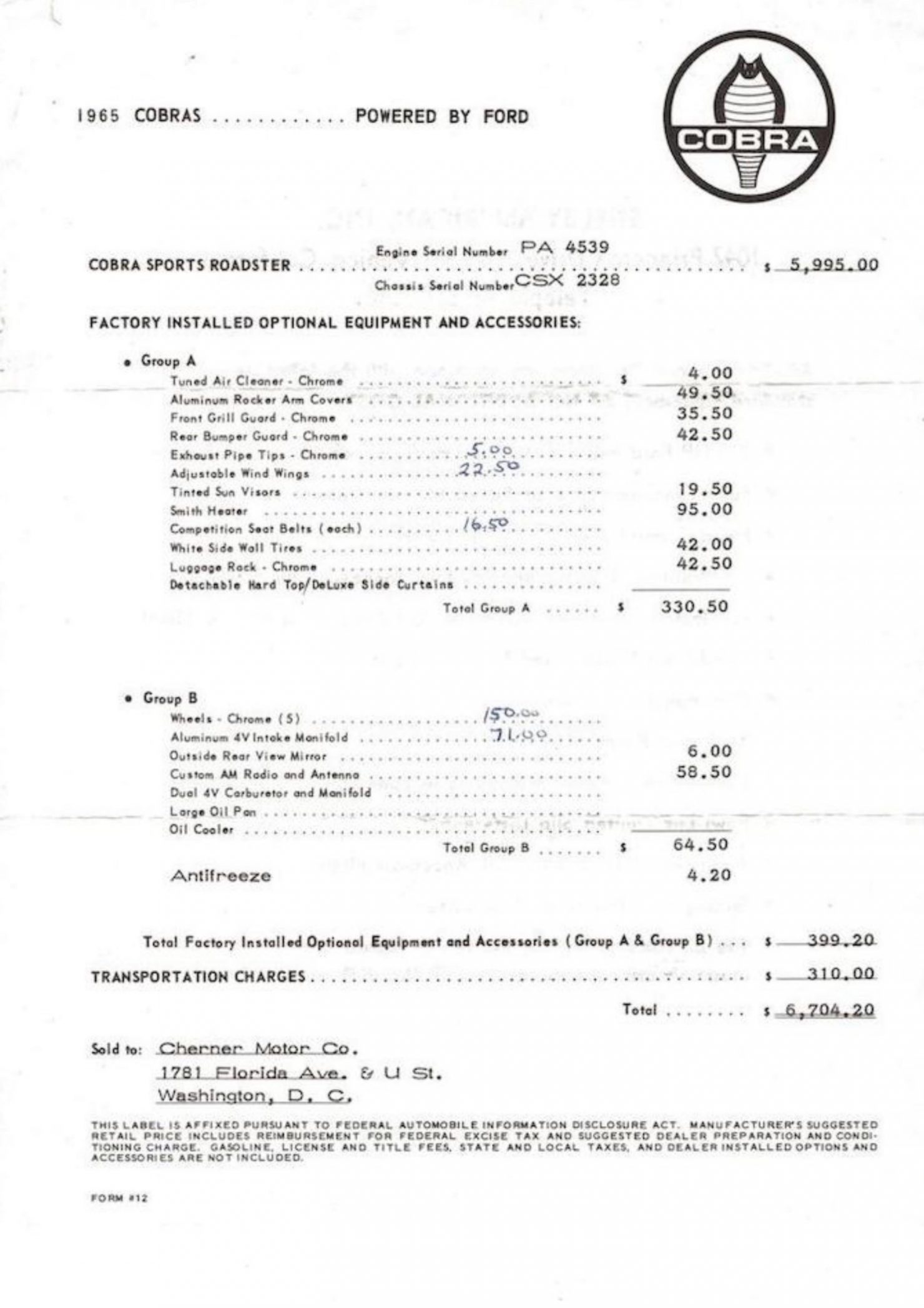
Images via Bonhams

Articles that Ben has written have been covered on CNN, Popular Mechanics, Smithsonian Magazine, Road & Track Magazine, the official Pinterest blog, the official eBay Motors blog, BuzzFeed, Autoweek Magazine, Wired Magazine, Autoblog, Gear Patrol, Jalopnik, The Verge, and many more.
Silodrome was founded by Ben back in 2010, in the years since the site has grown to become a world leader in the alternative and vintage motoring sector, with well over a million monthly readers from around the world and many hundreds of thousands of followers on social media.

